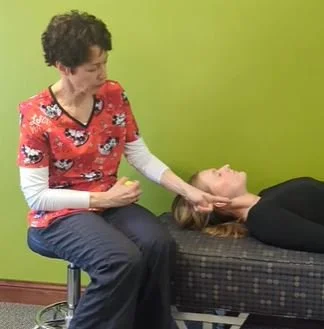Femoral Neuritis
Sciatica enjoys quite a bit of popularity, and rightfully so. It is not technically a medical diagnosis but the description of symptoms encompassing pain in the leg, generally assumed to stem from the low back. The sciatic nerve originates at 5 levels spanning the last two lumbar vertebrae/discs, and the upper three sacral segments. It travels through several soft tissue structures in the buttock, down the posterior thigh, before splitting into two different branches at the knee, covering the lateral and posterior calf and foot. As such, sciatica describes referred pain affecting this distribution pattern.
Patients often use the term “sciatica” pretty liberally, to describe any sort of pain in the leg, including pain in the front of the thigh, which is not a sciatic nerve distribution. Enter its lesser known cousin, the femoral nerve.
Femoral neuritis is actually surprisingly common but getting little recognition ( it is still less common than sciatic neuritis). The femoral nerve originates in the mid lumbar spine and is made up from nerve roots from lumbar segments L2 through L4. It travels in the front of the lumbar spine, deep in the abdomen, through the intersection of the two branches of the iliopsoas hip flexor muscles, through the groin and into the anterior and medial aspect of the thigh. It does not extend very far below the knee, unlike the sciatic nerve, which extends all the way into the foot.
The femoral nerve can be compressed in the lumbar spine, by a mid lumbar disc herniation, and just as commonly by myofascial injuries in the hip flexors. The patient will often present with unexplained groin, hip, thigh and medial knee pain and tingling. Unlike sciatic neuritis, many patients will not initially recognize femoral neuritis as referred pain from the lumbar spine since it manifests in the front of the trunk and leg.
Femoral neuritis will be treated in the same manner as sciatic neuritis, based on the source / cause of the problem: chiropractic adjustments, myofascial release, corrective exercise, supportive therapies etc.






